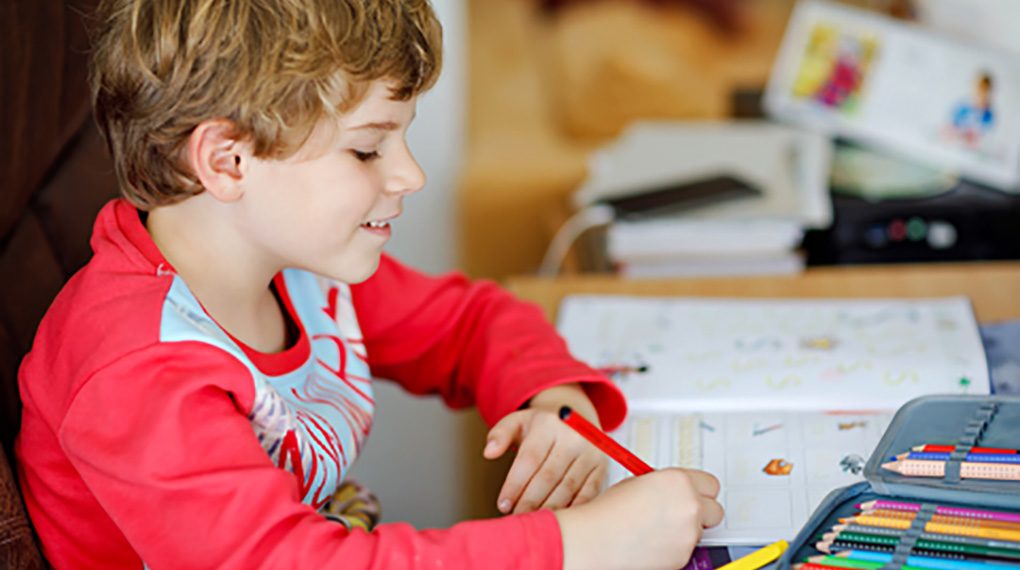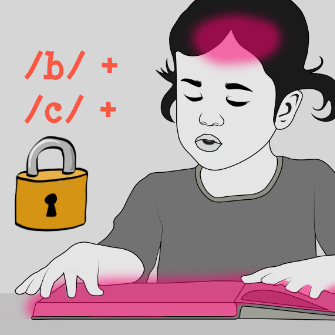Learning should be fun. In a child-led learning environment, it is. The child is in command of the learning environment and the parent is on the side.
Child-led learning is an interesting concept. The first time I heard about it, I became curious about it. The fact that the child is in command of the learning is enough to catch the attention of any parent. One thing for sure, it caught mine.

If I had known about it earlier, I would have tried it on my daughter. It’s a bit too late now that my daughter is already in grade 2. Nonetheless, I think the concept is worth sharing with other parents out there.
What Exactly Is Child-Led Learning?
I came across this article that perfectly defines and describes child-led learning. The article is written by Amanda Stockdale, who is both a mom and an early childhood educator. She helps the little ones learn at home using the child-led learning approach.
According to her, the interest of the child comes first in a child-led learning environment. In due time, the child will show signs of readiness in learning academic skills. These learning outcomes will stem from a child’s curious mind.
Sounds pretty simple, right? It’s not as simple as it seems since we, as parents, aren’t exactly on the sidelines.
Creating The Right Environment
I must admit that the child-led learning approach is something new to me. I would also have to agree with Amanda that the child-led learning approach does sound confusing and scary. Having the child lead the learning can test any parent’s patience.
While it may seem like a different kind of learning approach, it works. As long as we, parents, create the right environment for it, child-led learning can work.
We, parents, play an important role in child-led learning. Even if it seems like we’re just on the sidelines, we have to make sure that we put importance on academic subjects such as math and reading.
Such parental behavior is critical in a child-led learning environment. As a child recognizes how his or her parent puts importance on academic subjects, he or she is bound to model the same behavior. We should also provide fun and interesting materials to encourage learning.
Those are the simple ways we can make child-led learning easy. The urge to learn naturally follows.
The Benefits Of Child-Led Learning
While it may seem challenging to implement child-led learning, it’s worth giving it a try. After all, it’s pretty hard to ignore the benefits of it.

 Easy, Simple 15 Minutes A Day Reading Method Turned My Child From A Struggling Reader To An Advanced Reader. Works Great For Young Children Too. Click To Read My Story.
Easy, Simple 15 Minutes A Day Reading Method Turned My Child From A Struggling Reader To An Advanced Reader. Works Great For Young Children Too. Click To Read My Story.
One such benefit is that the learning is based on the child’s experience. That makes learning more lasting.
Another benefit is that learning is stress-free. The child is not pressured to learn. Since learning is based on the interests of the child, there is no pressure at all.
The child-led preschool environment could easily thrive at home. Since the child learns at his or her own pace within the confines of home, the learning never stops. This motivates the child to learn further.
The learning that takes place in a child-led environment is deep and profound. Since the child is given the chance to experiment, to explore, and to investigate; the learning outcome becomes ingrained. It’s going to be pretty hard to unlearn it.
Probably the most outstanding benefit of child-led learning is that the child develops a genuine love for learning. Since the child is given the freedom to learn, he or she naturally becomes curious about the world. When a child is curious, learning follows.
These benefits of child-led learning are pretty hard to set aside. As a parent, I think it’s worth giving it a try.
As a parent, I am always in search of the latest tip or technology that can help enhance my child’s learning. With child-led learning, there’s no need to look far and wide.
Every single activity with a child can be spent as a learning moment. If we try harder to connect with our little ones and model the right learning behavior for them, it won’t be hard to implement the child-led learning approach.
I’m not saying it’s going to be easy; I don’t think it will be. I know for sure that it’s going to test every parent’s patience. At least, at the start, it will.
However, it’s an approach worth trying since it can create a loving bond between the child and the parent. In an environment where love, trust, and support thrive, learning just happens naturally.
When your child learns to read at an early age, it expands their vocabulary and opens up their love for learning. It helps build their confidence and vastly improves their learning abilities.
And based on my experience, having the right reading methodology when teaching your child learn to read makes a world of difference.
I should know as I made that mistake. 😢
In fact, you can read my story about my child’s struggle with reading here and how we were able to help my child become an advanced reader here. 😀🤗
